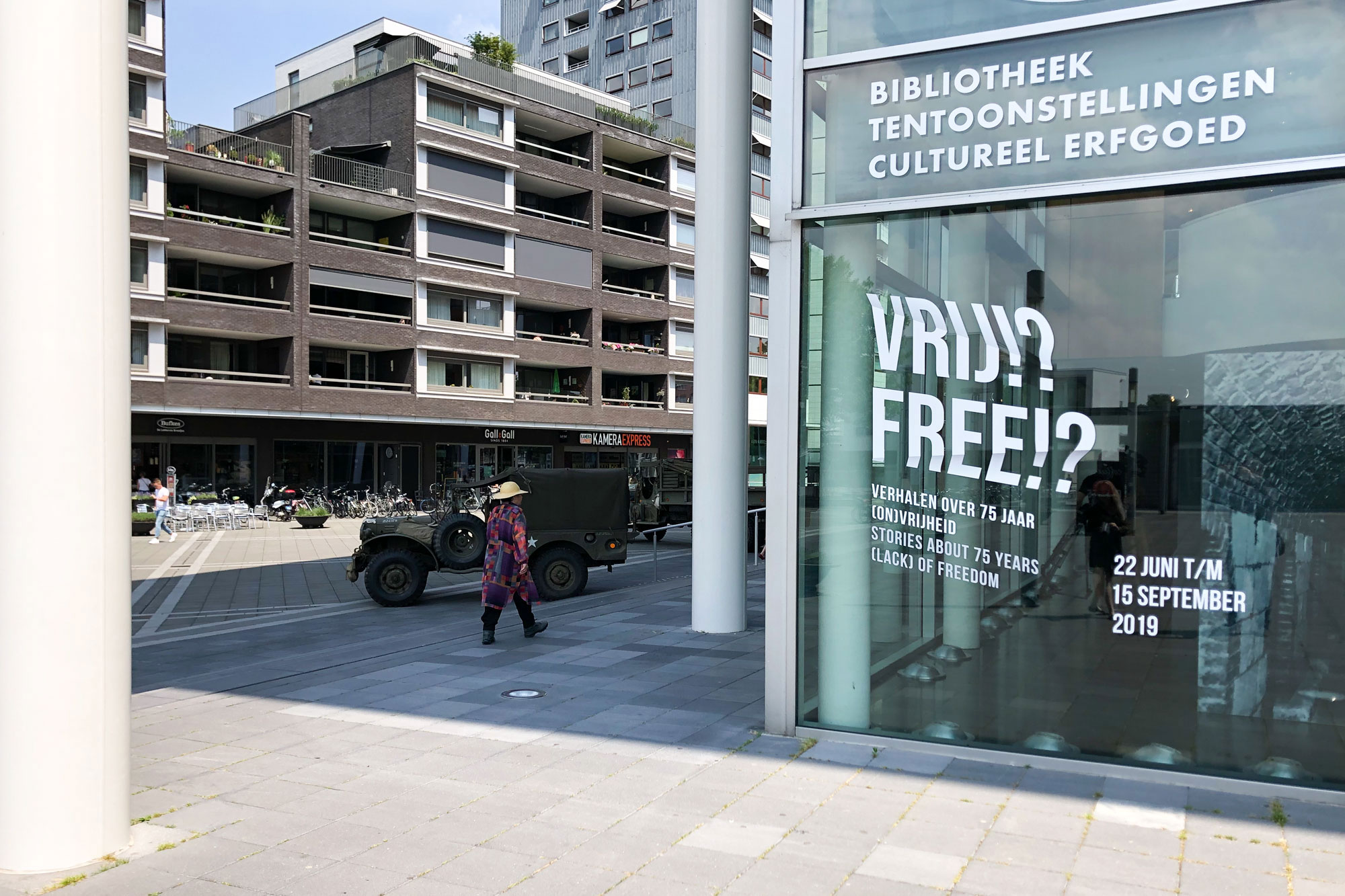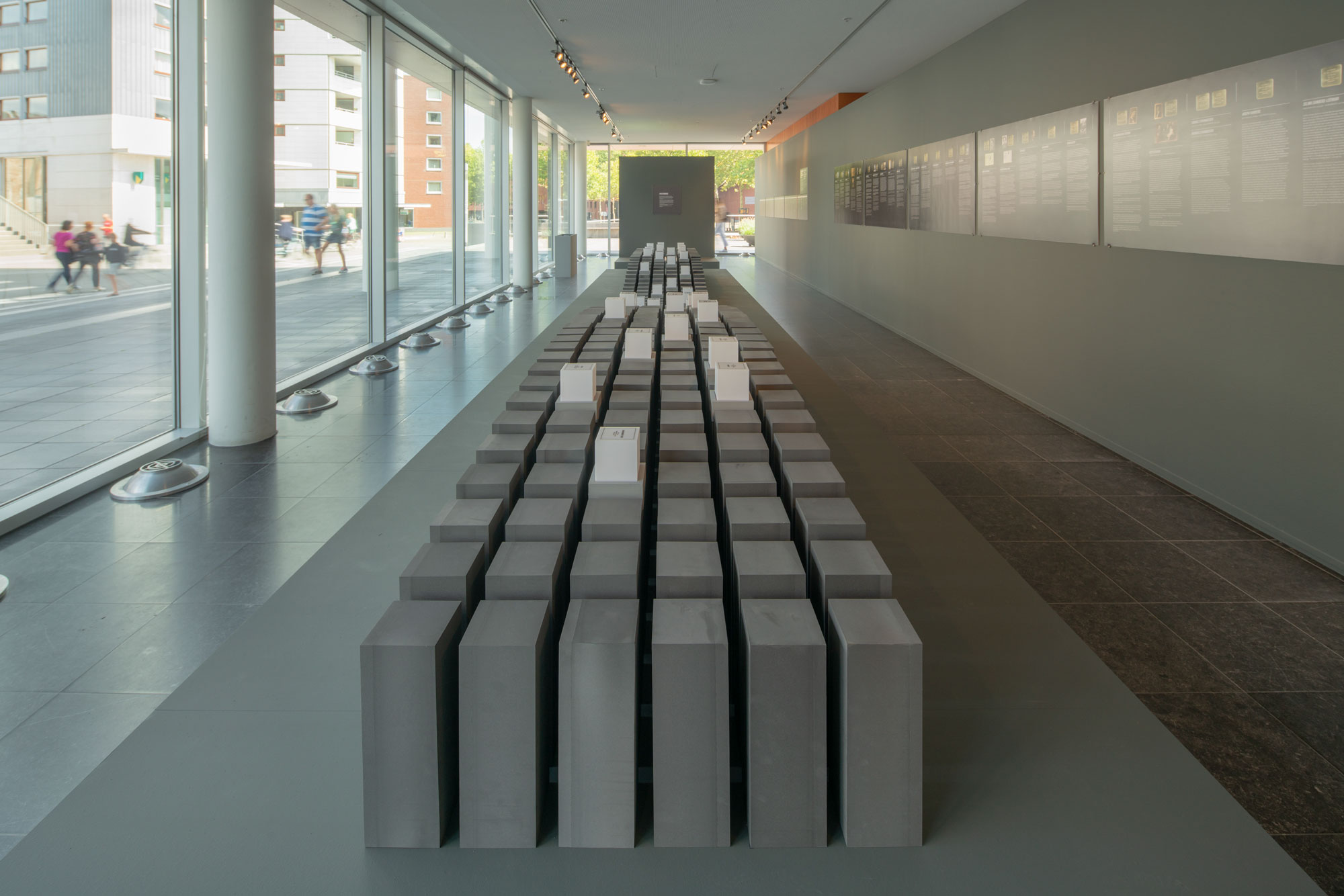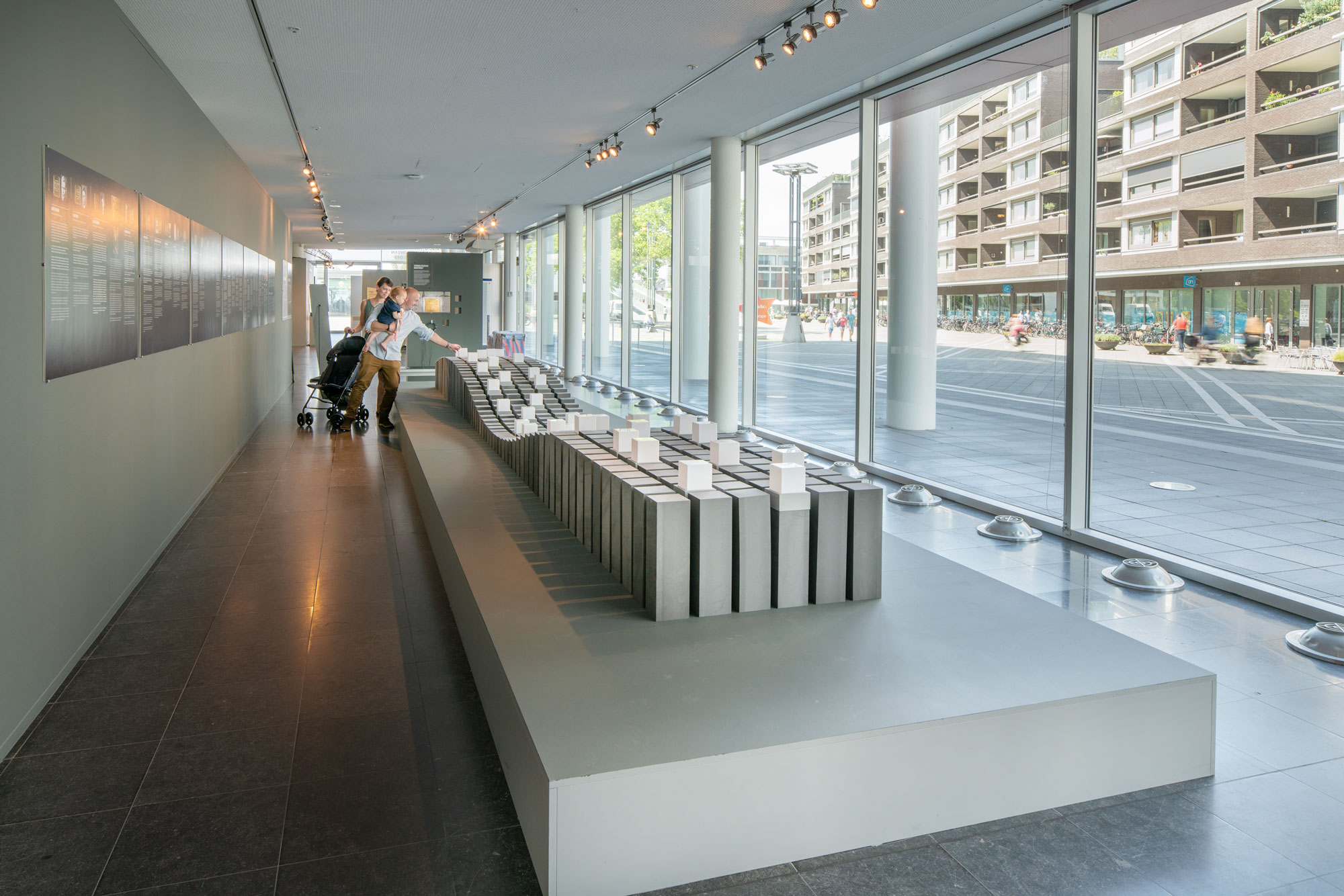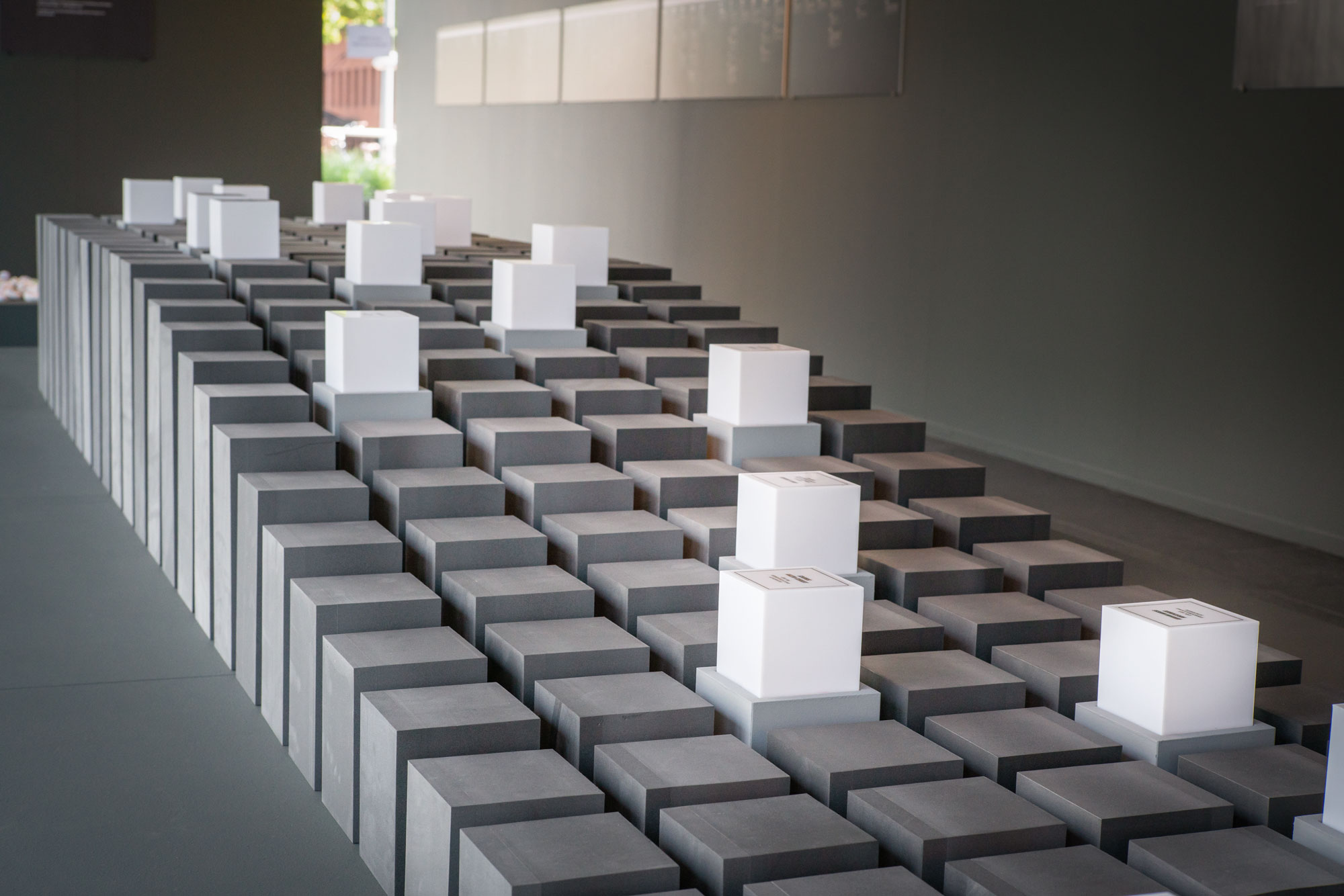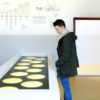
Free!?
Stories about 75 years of (no) freedom
Stories over 73 years of (no) freedom in Limburg can be seen in the exhibition entitled Free?! in the Ceramic Centre, Maastricht. Every day we are confronted with news about wars and refugees. The exhibition highlights both the stories of today as well as the stories of 75 years ago, the liberation of Maastricht.
In one of the sections, stories of the extreme opposite of freedom, oppression, are told. These are stories of people such as Jews and Resistance fighters who died during World War II. These are illustrated in part by the Maastricht Pavement Plaques Committee.
On the other side, stories about the occupation of Maastricht and the period after the city was liberated (1940-1944) are shared. This is in collaboration with Liberty Maastricht, the Eyewitness War Museum and Schuilen (Hiding) in Maastricht. A Black box is placed in the middle. This is where the individual stories are told: the shared memories of eyewitnesses who lived through the war, their descendants, people who want to keep the memories of the living past alive, as well as those who even today still have to deal with extreme oppression.
CLIENT
CENTRE CÉRAMIQUE
Term: 22/06/2019 – 15/09/2019
Year: 2019
Location: Centre Céramique, Maastricht
Photography: John Sondeyker, Synergique

“Free!? Was an exceptional project with a challenging trajectory that Synergique managed to capture and present very well. The end result is a beautifully designed whole and we’re very proud of it.”
Sjoerd Aarts – Conservator Centre Céramique
We reinforced the concept of Freedom by inserting elements of its polar opposite into the installation: a world without colour, with tight lines and oppressive little corridors between high walls.
Characteristic of Maastricht are the pavement plaques located throughout the city in the pavement, in front of a house from which someone was deported. 21 of these plaques were included in the exhibition up to 27 June. After the physical plaques were removed from the exhibition, they spaces they occupied were filled with ‘burning stones’.




Visitors were invited to share their experiences, opinions, buzzwords and drawings on an enormous chalk wall. Every kind of expression was permitted: serious, honest, funny or childish, and nothing was censored. Scaffolding was erected to help visitors do this.

Located in the centre of the space was a black box, in which a film was played. Two of the surfaces showed survivors and their descendants talking about their experiences of World War II and the liberation of Maastricht.
